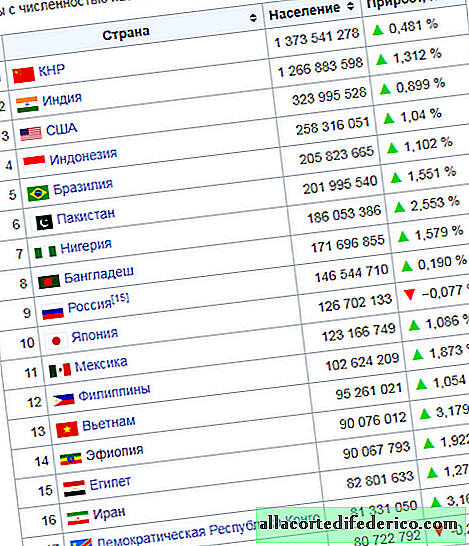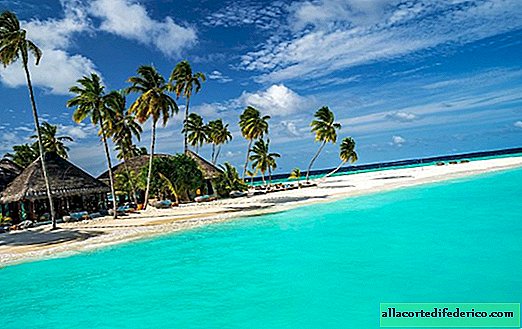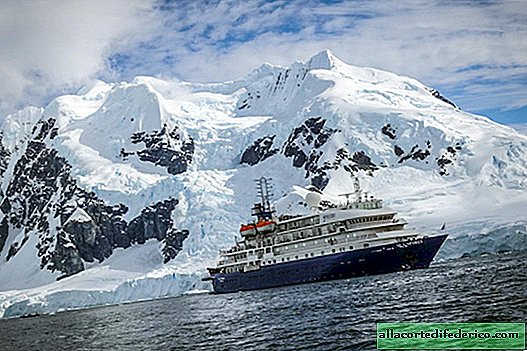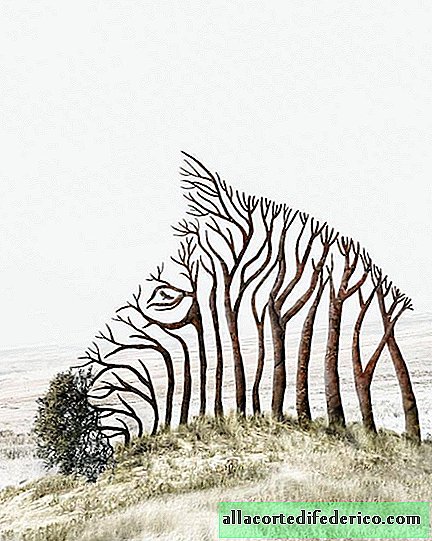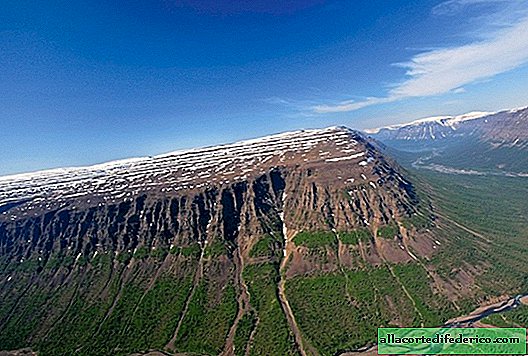Volcanic disaster: worst of all, people lived on Earth 1,5 thousand years ago
What can be learned by studying the glaciers of our planet? It turns out a lot! Glaciers, or rather the layers of snow accumulated in them, can shed light on many mysteries of history and tell about how people lived hundreds and thousands of years ago. Scientists took samples of snow on one of the glaciers in the European Alps and found that in the VI century AD, living conditions on Earth were one of the most difficult, and the reason for this was the massive eruption of volcanoes.


It turned out that ice deposits in the Alps dating to 536 AD contain an increased amount of volcanic ash and other particles that are not characteristic of the usual state of the atmosphere. A similar ice composition was also found in the analysis of cores extracted from the glaciers of Greenland, which date back to 540 AD. According to scientists, such a high level of pollutants in the atmosphere of the first half of the VI century suggests that there were massive volcanic eruptions on Earth. Huge masses of volcanic ash fell into the atmosphere, reducing the flow of sunlight to the surface, which caused cooling, drought and crop failures in agriculture. Similar impurities in the layers of ice core can be traced over the next 100 years.

But the suffering of the inhabitants of our planet did not end there: in the 540s, an epidemic of plague began that swept Europe, the Middle East, northern Africa and South Asia. Scientists have not yet been able to establish a possible connection between these phenomena, but it is possible that the outbreak is caused by a mutation of the causative agent of bubonic plague due to abrupt climatic changes.

Be that as it may, the large-scale eruption of volcanoes caused a noticeable cooling, which went down in history under the name of the Late Antique Small Ice Age. The consequences of the catastrophic eruptions of volcanoes were felt right up to the middle of the 7th century, and the scientists observed the massive migrations of tribes and entire peoples during this period precisely with climatic changes in the Northern Hemisphere during this historical period.

